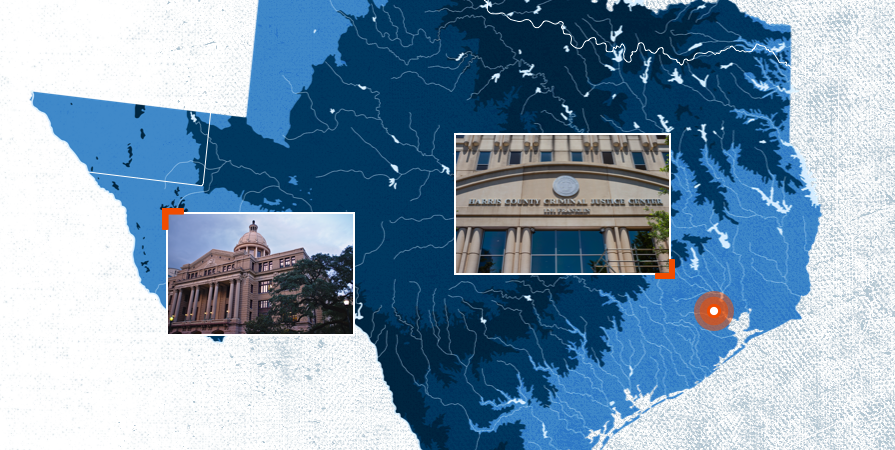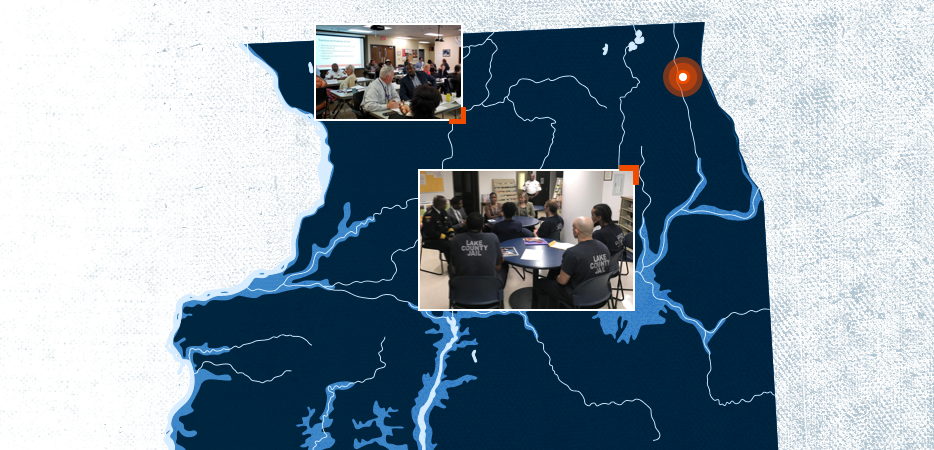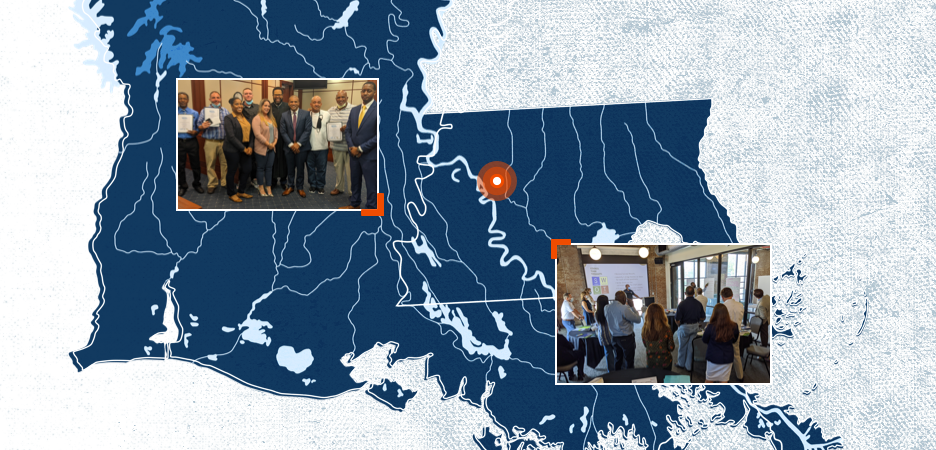More Results
Key to the success of the county’s Safety and Justice Challenge work to date has been the creation of the Community Engagement Workgroup (CEW). Community interest in advancing change in the justice system has been high and progress has been made to increase public involvement in this work. The county has increased the representation of community members across workgroups and on councils, intentionally engaging people impacted by the justice system. As of May 2021, the CEW had hosted nine engagement events reaching over 500 participants. As a result of community engagement efforts, the information from these conversations was shared with other workgroups in the justice system and informed the inclusion of the county’s community safety and violence prevention strategy.
To better embed racial equity in efforts to transform the justice system, the Racial Equity Workgroup (REW) has held over 15 educational and training opportunities, both internally and with broader justice system stakeholders and partners. The REW has analyzed disparities across justice system decision points, developed strategies to incorporate a focus on equity, and laid the foundation for the County’s proclamation of Racism as a Public Safety Emergency. The REW developed a Racial Equity Tool to identify policies and practices contributing to inequities, and is designing a local equity curriculum for justice system partners.
Collaboration between the county’s behavioral health and criminal justice partners has focused on screening people in jail for diversion to treatment and supporting planning for re-entry into the community. More specifically, the county was able to enhance its Familiar Faces program for individuals with complex needs to reduce arrests and increase collaboration across service providers. Between January 2020 and January 2021, the Familiar Faces program coordinated care of 15 individuals and clients saw a 45% reduction in arrests and reported increased collaboration across service providers. From July 2020 to March 2021, more than 100 clients were released from jail to treatment through the diversion program for substance use.
With the addition of a re-entry case manager in October 2020, 28 individuals were able to receive additional case management support upon release. Of these clients, 86% engaged in more community-based mental health treatment; 75% were able to establish and maintain stable housing; 75% reported abstinence from and/or a decrease in substance use; and 93% did not experience rearrest within the reporting period.
Finally, thanks to the support of the Safety and Justice Challenge network, strong collaboration in the criminal justice system to-date, and community partners working toward the goal of safely reducing the jail population, the county was able to respond quickly during the COVID-19 pandemic and simultaneously protect public health and public safety.








